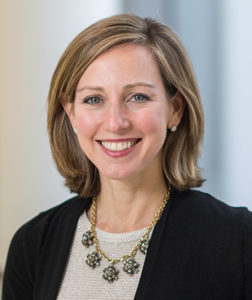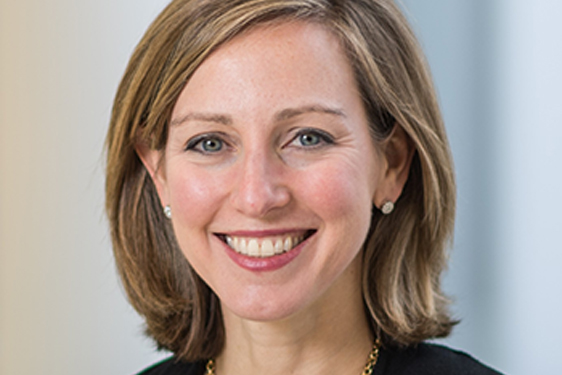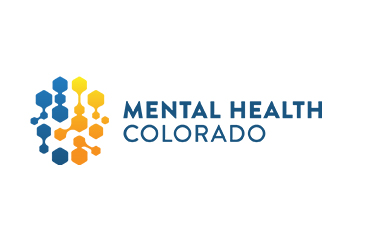In August, I had the unique opportunity to chat with Dr. Jennifer Filip Waljee, Associate Professor in the Section of Plastic and Reconstructive Surgery at the University of Michigan School of Medicine, about the in-house Pain Control Optimization Pathway she uses to manage her patient’s acute postsurgical pain. Our conversation is summarized below:
 Tell us about yourself—what is your background and what sparked your interest in acute pain management?
Tell us about yourself—what is your background and what sparked your interest in acute pain management?
I am currently in practice as a hand surgeon. I went to Emory University for medical school and then completed a residency in general and plastic surgery as well as a fellowship in hand surgery at the University of Michigan. Most of the patients I treat have acute or chronic upper extremity conditions, which often include injuries and trauma. I find my work to be really rewarding.
About 7 or 8 years ago, I became interested in acute pain management because I started to see more patients come into the hospital with opioid use disorders and their consequences. The numbers were really striking in the county where our hospital system is. And our prescribing habits matter. For example, one night while I was on call, I was taking care of a young woman who presented in extremis [at the point of death] from an opioid related overdose. Just a few hours earlier, I had performed several minor outpatient surgical procedures; I probably prescribed about 30-40 pills for each of those patients post-surgery and the patients likely used little to none of these pills. Thinking about this young woman suffering from opioid use disorder really underscores the fact that our prescribing matters, and the leftover pills from my prescriptions could serve as the gateway for opioid use disorder, among others. Around that time, there was more available information about how to manage opioid use in chronic pain management, but not much guidance around acute pain management, and particularly opioid prescribing. For this reason, we sought to collect data on how many opioids our patients take. Notably, the majority of patients take far fewer than we prescribe, and many take none at all.
Can you tell us a bit about your hospital?
I am in practice at the University of Michigan in Ann Arbor, which is a large academic hospital. We serve patients from all over the state and in neighboring states. Our hospital cares for patients with both complex and routine conditions, and we also spend quite a bit of time at our surrounding outpatient surgical clinics.
What patient populations do you serve?
I serve a broad population of patients of all ages from all over the state with a range of conditions. I feel privileged to have the opportunity to care for patients with upper extremity conditions, and I hope that I can improve their function and enhance their quality of life.
What inspired your group to create a non-opioid perioperative pain management experience for patients?
Three of my colleagues, Dr. Mike Englesbe, Dr. Ryan Howard and Mr. Alexander Hallway developed an opioid sparing pathway called the Michigan Pain Control Optimization Pathway (POP). This pathway allows us to be intentional in how we guide patients through care to reduce opioid use. It includes patient education on non-opioid options to reduce the number of opioids that are used and leverages an opioid sparing approach. Our goal is to ensure that our patients have a safe and comfortable recovery. We also want to be able to tailor our prescribing habits by fully understanding the right number of opioids our patients need, if any at all. I believe our research over the next three to five years will provide additional insight on what is the “right size” for our patients.
Our execution of POP consists of three phases: pre-surgery, during surgery and after surgery. Pre-surgery, we educate the patient on the risks/benefits associated with opioids, opioid alternatives such as acetaminophen, as well as proper opioid disposal. During surgery, we encourage the use of non-opioids such as NSAIDs, ketorolac and local anesthetics and then after surgery we provide prescriptions for acetaminophen and NSAIDs around the clock for patients that can take these medications. We do provide a short “rescue” prescription of opioids typically just four to five pills. We provide this prescription so patients have it in case they need it; some patients might use one or two pills, but many never use any. We use this pathway for both opioid-naïve and opioid exposed patients. We have had a good experience with patients reporting satisfaction in the way that their pain was managed. We believe this is a promising care pathway.
What positive downstream affects have you seen since you implemented your program?
We have surveyed patients that have been cared for in this pathway and their satisfaction scores and reports of pain control have remained high. This is a pathway where it takes a bit of time to adopt into practice, but we have seen surgeon uptake increase. This is really promising; we believe this pathway will improve care.
What are the next steps/future directions?
One area that we are tackling is how to best care for our patients with opioid exposure who are experiencing acute pain from surgical care. We know many people are on opioids for one reason or another and their pain control needs may be different after surgery. This may require these patients to have pain management pathways in place so we can coordinate care and prescribing with the other clinicians that may be prescribing them opioids as well. Going forward, we hope to create tailored care pathways that will benefit all patients undergoing surgery.



